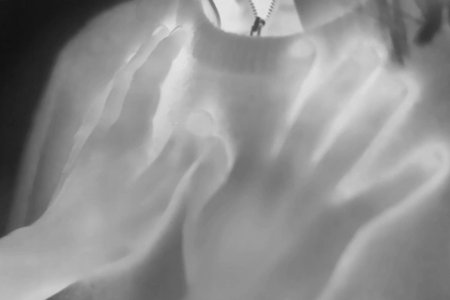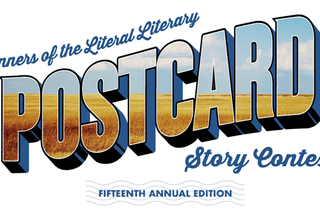
Raymond Carver, often referred to as ‘America’s Chekhov’, died of lung cancer at age 50 in 1988.
Carver is best known for his short stories and is credited with revitalizing the short fiction genre in the 1980s, when the bulk of his work was being published. He was influenced by the short stories of Chekhov and Faulkner, admiring work that could be read (and written) in one sitting. This short format was also the only thing his schedule allowed for. Carver worked several jobs while supporting his children and first wife and he had little time for writing on the side. During this period he was also a practicing alcoholic and smoked several packs of cigarettes a day.
Cigarettes and liquor appear in almost every single one of Carver’s stories. Other vices, like marijuana, occasionally show up, but Carver felt most comfortable with nicotine and alcohol abuse. He wanted to accurately depict the American working class poor, of which he was a member, through minimalism and dirty realism. His characters are plagued by depression, anxiety and personality disorders, staples of the world Carver lived in. In lower class America, these problems were self-treated with the cheapest, most readily available drugs.
“Vern was smoking, knocking the ash into his hand when he needed. He held the cigarette away from the window when he puffed. Vern smokes all the time; there’s no stopping him. He even sleeps with an ashtray three inches from his head. At night I’m awake and he wakes up and smokes.” – The Idea
Smoking is usually depicted as the lesser of two evils in Carver’s stories. Tobacco was the least destructive method to placate one's demons and his characters often light up to keep themselves from doing something worse. Smoking is also one of the few sincere forms of intimacy in Carver’s abundance of doomed relationships. Few couples receive happy endings in his stories, but there are scenes of fleeting tenderness, husbands and wives huddled at their kitchen table in the middle of the night, sharing cigarettes and trying desperately not to think about what’s coming.
“Fran and I plunked ourselves down on the sofa. I reached for my cigarettes. Bud said, ‘Here’s an ashtray.” He picked up something heavy from the top of the TV. ‘Use this,’ he said, and he put the thing down on the coffee table in front of me. It was one of those glass ashtrays made to look like a swan. I lit up and dropped the match into the opening in the swan’s back. I watched a little wisp of smoke drift out of the swan.” - Feathers
Carver’s stories have an air of fatalism; his characters are cemented in their ruinous path, in the same way Carver felt he was stuck to his. Cigarettes were a way of embracing that fate, accepting one’s innate death wish. In the story Bicycles, Muscles, Cigarets, a father who’s just given up smoking is haunted by the smell of nicotine leaking out of his fingers. In a conversation with his son, he’s reminded that his father tried giving up smoking several times as well, but always grew depressed and returned to his cigarettes. In a vision, the man sees himself bound to become his father and his son to become him, in an endless cycle.
“It had been two days since Evan Hamilton had stopped smoking, and it seemed to him everything he’d said and thought for the two days somehow suggested cigarets.” – Bicycles, Muscles, Cigarets
Carver assumed he would already be dead by age 40, when he received his cancer diagnosis. Carol Sklenick, author of Raymond Carver: a Writer’s Life, is quoted in an interview: “He couldn’t believe that he got those ten extra years because he really thought he was going to die of the booze.” He gave up liquor for the last portion of his life, but was unable to give up the cigarettes that killed him.
In one of Carver’s final interviews he stated: “I am a cigarette with a body attached.” When Vintage Contemporaries reprinted his collections Fires, Cathedral and What We Talk About When We Talk About Love, the cover art chosen for all three featured a person with a forlorn look on their a face and a cigarette in their hand.







